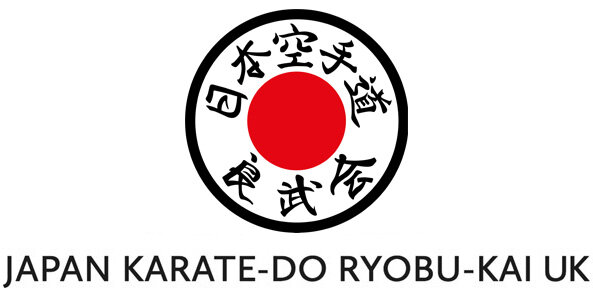Nakayama Hakudō Sensei (1872 - 1958)
Flowers need water and shade, Bamboo needs the moon shade, Beautiful woman looks best through the shade of a screen…
Poetry by Nakayama Hakudō
Sometimes also called Nakayama Hiromichi who established the iaidō style Musō Shinden-ryū. Ranked both jūdan (10th degree) and Hanshi (master instructor) in kendō, iaidō, and jōdō from the All Japan Kendo Federation. In addition, he held an instructor's license in Shintō Musō-ryū and a Menkyo kaiden in Shindō Munen-ryū making him the 7th Soke of that system. Nakayama was also one of the masters of the Shimomura-ha Musō Shinden Eishin-ryū, iaijutsu.
Born in Kanazawa City, Ishikawa Prefecture, Japan on the 11th February in 1872. At Nineteen he relocated to Tokyo and entered the dōjō of Negishi Shingorō of the Shindō Munen-ryū Kenjutsu. He taught at the Yūshinkan Dojo, near Koishikawa-Kōrakuen in Tokyo, providing instruction to several of the elite swordsmen of his day.
A close friend Morihei Ueshiba Sensei, and even arranged the marriage between his student Kiyoshi Nakakura and Ueshiba Sensei’s daughter, Matsuko. He also taught Ueshiba's student Minoru Mochizuki Sensei founder of the famous Yoseikan dojo. Besides teaching Konishi Soke, he also taught kendo and Iaidō to Gigō Funakoshi, the third son of Gichin Funakoshi Sensei. It is thought that this led to the recognised influence in Shotokan of kendo and Iaidō based training.
Nakayama Sensei became a serious personality amongst the kenjutsu community of the 1920’s. This without a doubt led to him heading up the committee that drew up the sword syllabus for the Toyama Military Academy.
Kimura Shoji wrote in 1926
“The ethics of swordsmanship, Mr. Nakayama wishes to clarify, is not in aggressive manslaughter. It lies primarily in psychic training. In the same manner in which the Yogis developed their physical inhibition to attain meditative states for higher psychical conditions, kendo trains the nervous system to respond, making awkward conscious efforts into reflex. The instrument, the sword, is necessary to give that serious frame of mind. What is more serious than life as forfeit for mistakes or inattention? The cold, mirror-like glimmer of the blade facing you, you cannot but be serious. The behaviouristic school of psychology is well in accordance to this principle. ”
Nakayama Sensei was famous for encouraging the manufacturing of new blades made in the traditional manner and enjoyed demonstrating the cutting capabilities.
A famous demonstration took place on July 10th, 1934, where he demonstrated the cutting of an iron bar about the thickness of a man's finger. The bar was wrapped in straw, and with a single cut and without leaving a mark on either the table or the blade he cut straight through it. Quality swords like this were far too expensive for mass production at the time. This sword had been made under the patronage of the Japanese Sword Institute and the smiths were students of Kurishara Hikosaburo a famous sword maker of the time.
Nakayama Sensei encouraged the Japanese people welcome the occupying Allies at the end of World War II, the following quote came directly from him.
“In fencing we call this spirit 'Oh-en' or adapting one's self to the change. In other words, it is a condition where after realising and acknowledging the natural tide of affairs, all past ambitions are given up and a state of nothingness is reached. This requires magnanimity of heart. It is the ultimate meaning of the art of fencing. We must greet the Allied Army with just such a spirit. Yesterday they were enemies but today they are no longer so. If we cannot think of them as being no longer enemies, then it cannot be said that we truly understand the spirit of bushido.
If there is the least feeling of ill-will harboured in our hearts and if we cannot take a broad outlook, it is bound to show in our faces and attitude, giving reason for others to think of us as cowardly. I believe that the greatness of a nation lies in its broadminded attitude.”
Nakayama Sensei embraced this in his own life right up until his death on the 14th December 1958, he was instrumental in the establishment of the post-war All Japan Kendo Federation and titled as Meijin by the International Martial Arts Federation (IMAF of Japan).

